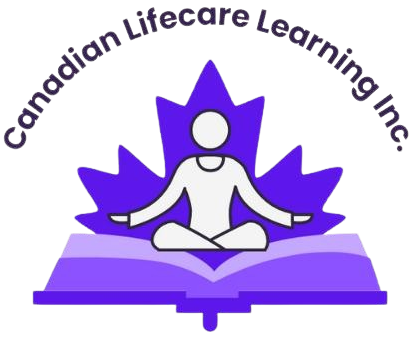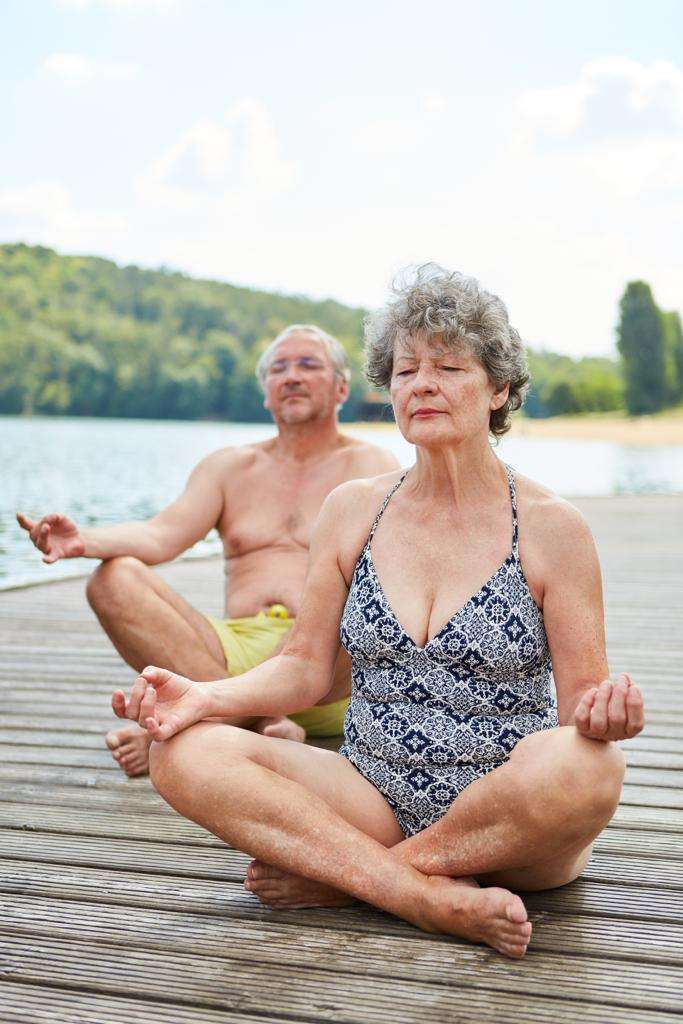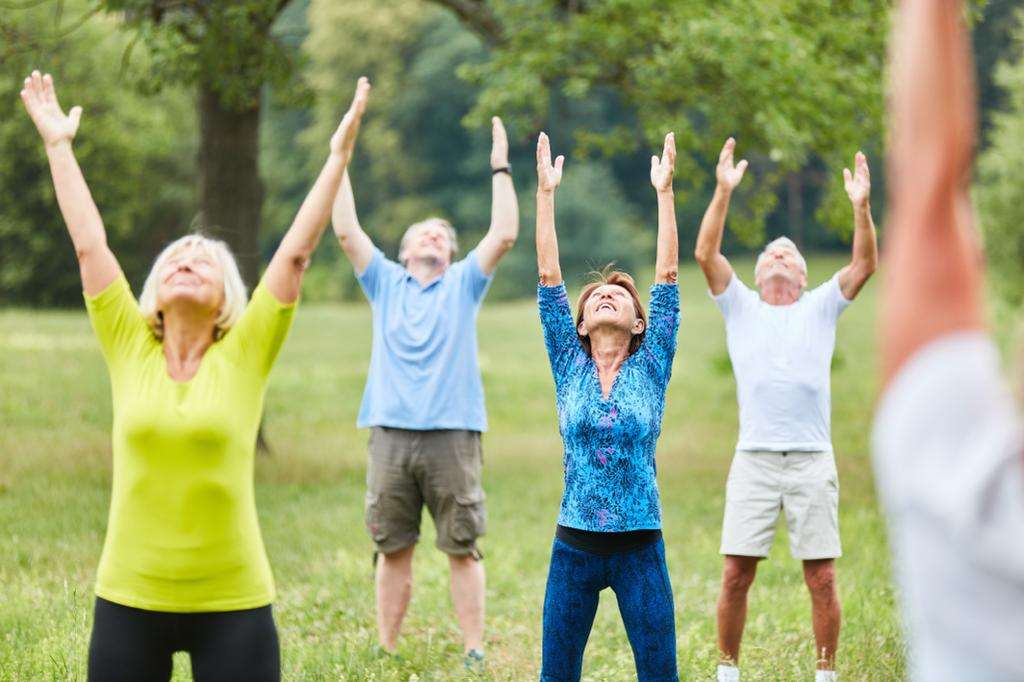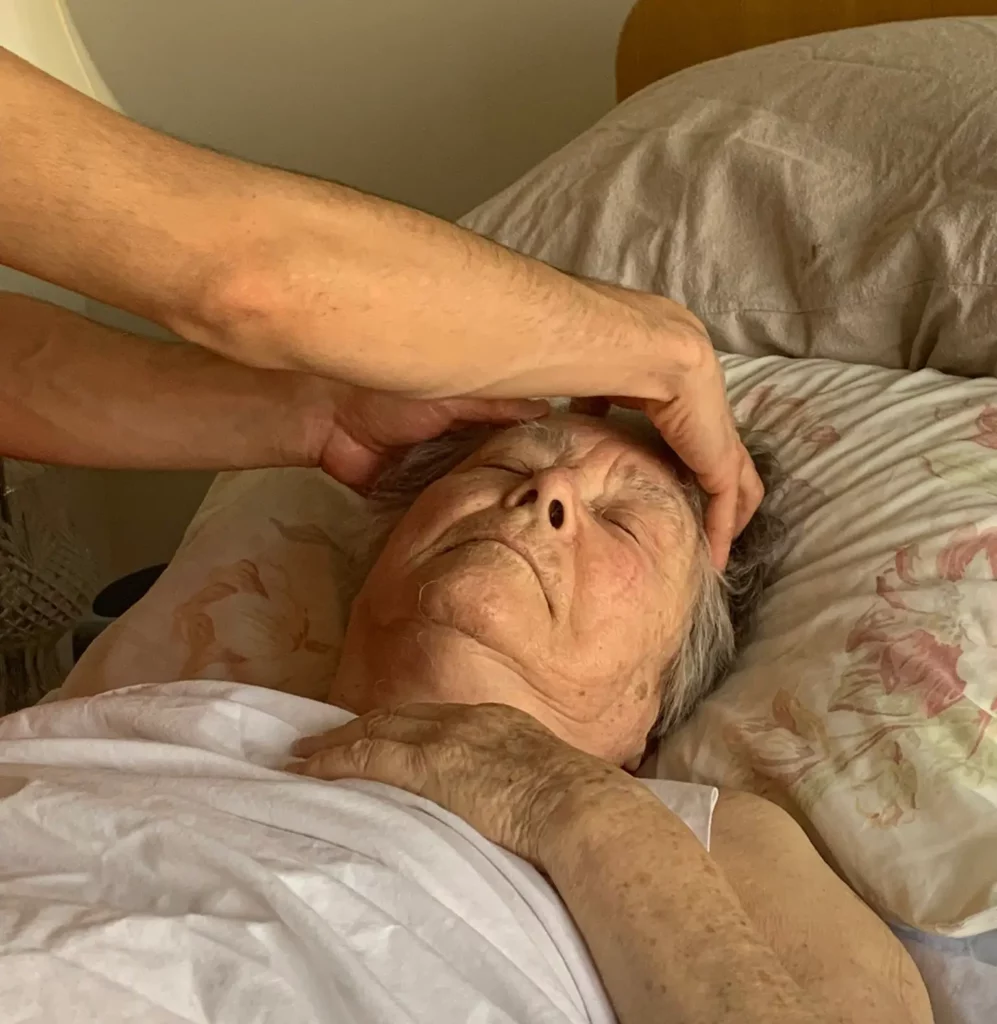The Power of Negative Visualization: How Imagining the Worst Can Reduce Stress and Boost Happiness
Introduction:
While it might sound counterintuitive, imagining worst-case scenarios—also known as negative visualization—is a powerful technique used in Stoic philosophy and modern psychology to reduce stress and increase happiness. By confronting potential challenges in a controlled mental environment, we can build resilience, appreciate what we have, and respond calmly to real-life stressors.
What is Negative Visualization?
Negative visualization involves mentally imagining situations that could go wrong, from small inconveniences to more significant life events. The purpose is not to dwell on fear, but to prepare the mind, gain perspective, and cultivate gratitude.
How Negative Visualization Reduces Stress:
- Desensitizes the Mind: Imagining stressful scenarios allows you to face them mentally, making actual challenges feel less overwhelming.
- Promotes Problem-Solving: By anticipating potential obstacles, you can plan proactive solutions, reducing anxiety when issues arise.
- Increases Emotional Resilience: Confronting hypothetical difficulties strengthens your ability to remain calm under pressure.
How Negative Visualization Enhances Happiness:
- Boosts Gratitude: Reflecting on what could go wrong makes you more appreciative of what you currently have, enhancing daily joy.
- Improves Perspective: Recognizing that setbacks are manageable and temporary helps shift focus from negativity to positive opportunities.
- Encourages Mindful Living: By understanding the fragility of life and circumstances, you’re more likely to cherish each moment and make meaningful choices.
Practical Tips for Using Negative Visualization:
- Take 5–10 minutes daily to imagine potential challenges you might face in work, relationships, or personal goals.
- Reflect on how you could respond to each scenario calmly and effectively.
- End each session by focusing on the positive aspects of your current life, reinforcing gratitude and contentment.
- Avoid obsessing over unrealistic fears; the goal is preparation and perspective, not anxiety.
Negative visualization is a surprisingly effective mental exercise for reducing stress, increasing emotional resilience, and enhancing happiness. By imagining what could go wrong, we learn to face challenges with clarity and appreciate the present more deeply. Incorporating this practice into your daily routine can lead to a calmer, more fulfilled, and happier life.
“Try negative visualization for a week and notice how your stress levels drop and your appreciation for life grows. Start today!”







